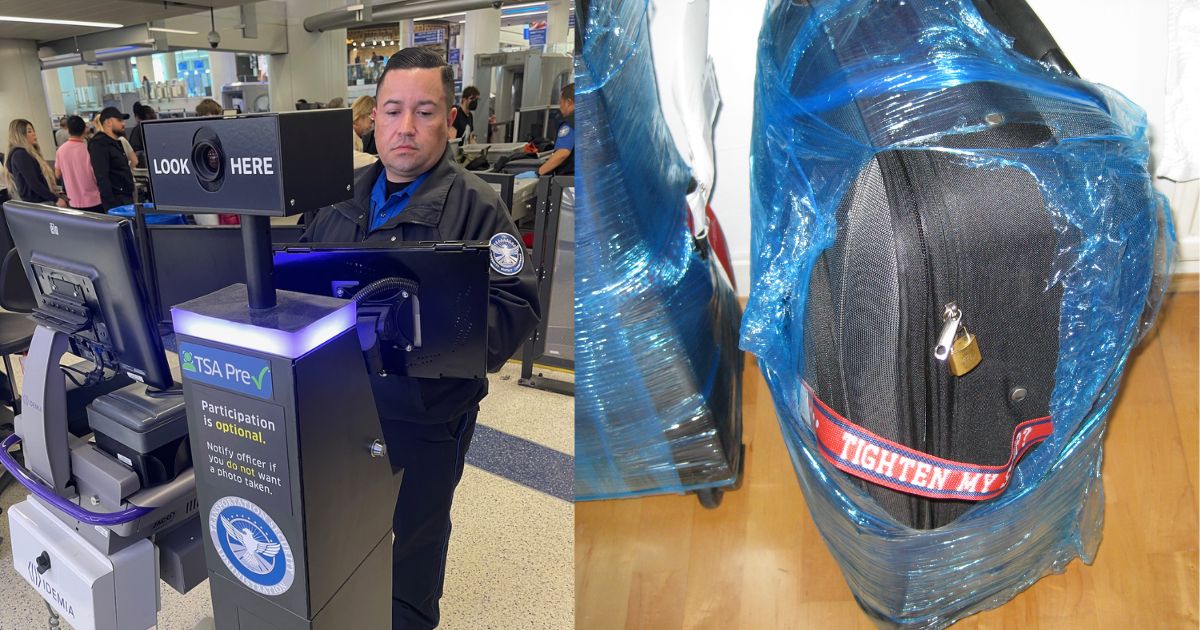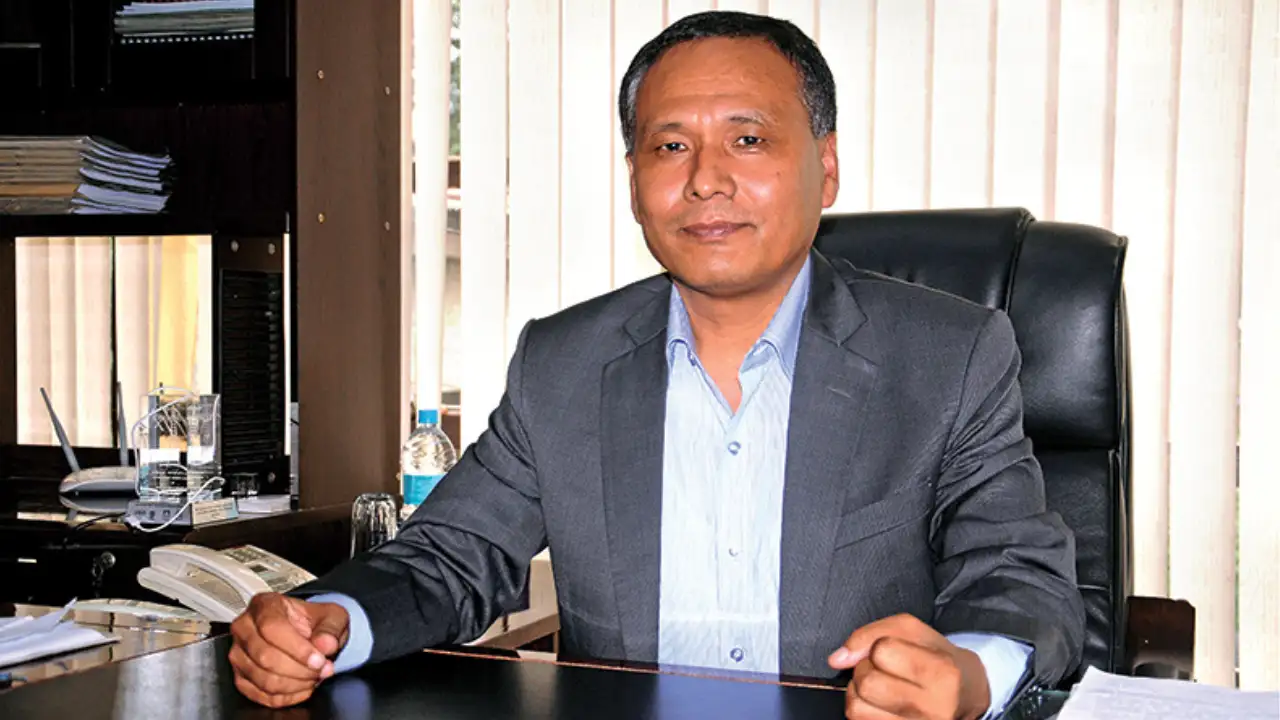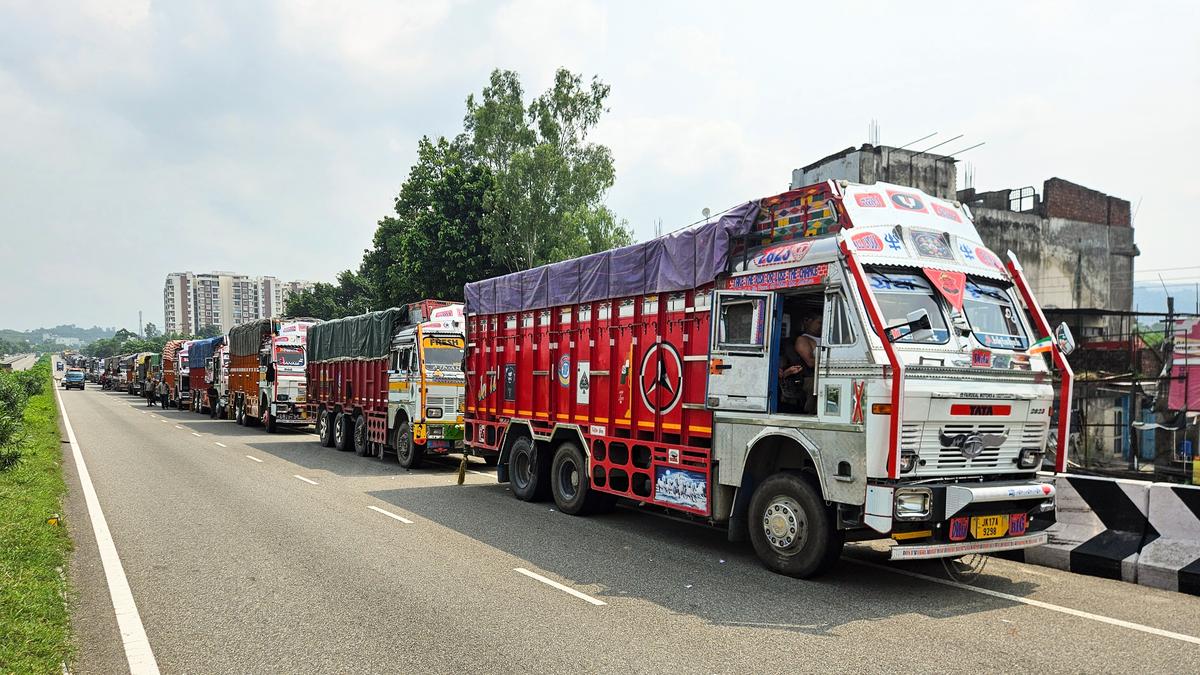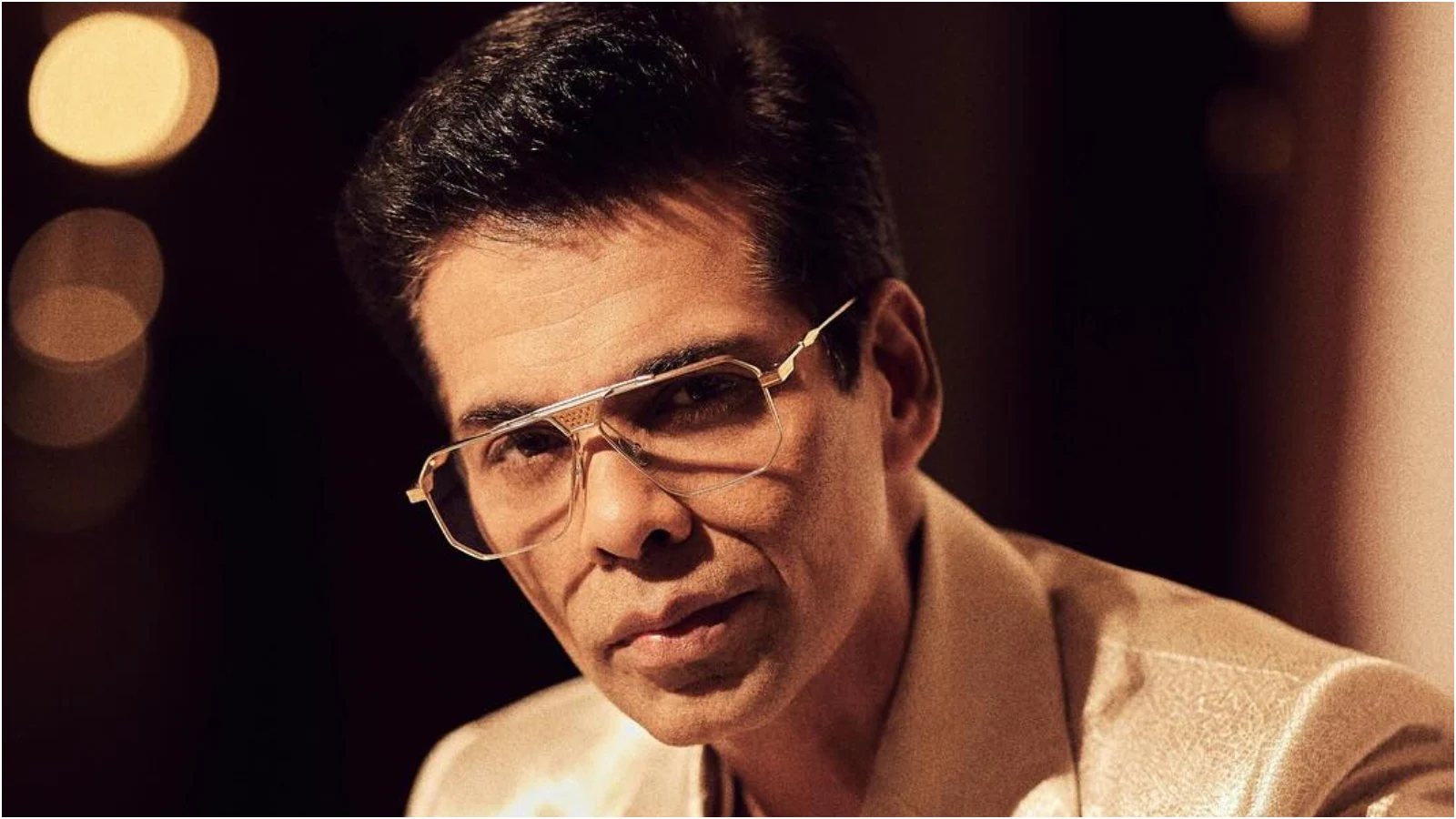By Srijony Das
Copyright inquisitr

Luggage security at the airport continues to be a worrying thought for passengers across the globe. From handling damages, rough weather, to even misplacement, flyers are extremely concerned about their checked-in stuff. One of the most common practices these days has been wrapping suitcases and luggage in plastic sheets, which has added more worry for the TSA.
The craze for cling-film–wrapped suitcases is visible at departure terminals in airports around the world. While many passengers already wrap them up beforehand, some still do it at the very last minute. These Secure Wrap facilities, available at the airport, let passengers spend up to nearly $20 per luggage piece for getting wrapped in sheets.
You know it’s time to overhaul the TSA when someone like Terry Bradshaw gets patted down twice, has entire luggage searched item by item and then gets hauled off to the back “private room” for another pat down. Sometimes with these TSA folks, it’s just a complete power trip. pic.twitter.com/QzByZ8bnYa
— BowTiedBroke (@BowTiedBroke) August 4, 2025
However, recent analyses of the plastic-wrapping trend still leave passengers with doubts. In cases of minor scratches, scuffs, tampering, etc., the cocoon casing of plastic wrap will safeguard the luggage. However, they are purely cosmetic when it comes to bigger problems like theft. But did you know that these plastic sheets actually make hold-up queues at airport security checkpoints more than ever?
According to a TSA spokesperson quoted in The U.S. Sun, plastic-wrapped luggage undergoes the same security checks as other luggage. However, it takes a little more time to scan through such pieces, since in some cases, the TSA agents will have to slice open the plastic and give it a thorough inspection from inside.
TSA loves to yell at people for not doing everything exactly right.
Every single airport seems to have a different kind of carry on luggage scanner. Some you put everything in a tray. Some you don’t. Some you have to wait to push through your bag. Some you don’t.
But if you…
— Mark Elevate (@mark_elevate) July 8, 2025
As a result, the money spent solely on packing your belongings goes to waste, since the X-Ray check or the wrapping once their manual scan is complete. A Travel+Leisure report in 2024 quoted the above situation and mentioned, “If the technology flags the bag, the 3D X-ray image is sent to a TSA officer to review. TSA officers look at hundreds of X-ray images, so they know what common items look like on the X-ray screen.”
Interestingly, the U.S.-based company Secure Wrap still offers complimentary re-wrapping services for your luggage if the cling film layer gets pulled out for additional screening. On the other hand, TSA has continually reminded flyers that plastic wrap does not significantly impact regular screening or inspections, unless something suspicious or out of the ordinary is highlighted during the X-ray screening.
In such cases, flagged bags are pulled out, and TSA agents cut open the wrapping without hesitation. Moreover, if required, they may even break open non-TSA-approved locks to get inside your baggage. Besides this, the TSA has also pointed out some more common mistakes flyers still make, which add to the airport security processes.
These include flagging both checked-in and carry-on luggage with extra padlocks, which invites all the more inspection. This directly signals attempts to conceal prohibited items on the flight. Moreover, the 3-1-1 rule for carrying liquids on flights is often overlooked, leading to more delays at checkpoints.



